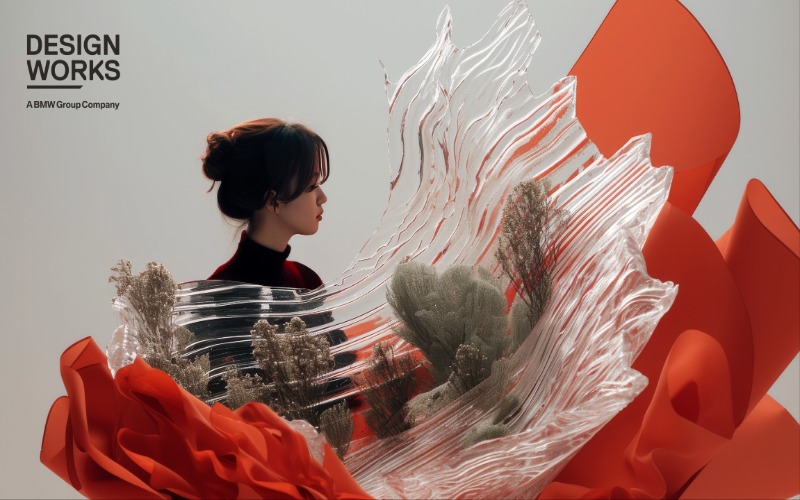OpenAI is the predominant player in the AI game right now, setting the tone for the industry. So, when its Chief Technology Officer, Mira Murati, dropped that AI would cause “some creative jobs [to] go away, but maybe they shouldn’t have been there in the first place,” naturally, there were big reactions. Not only is this idea wrong, but it’s limiting.
We’ve learned that human creativity continuously finds new ways to express itself, and the incorporation of AI is no different. Twenty-five years ago, Photoshop was considered provocative. It was seen as stripping the soul from photography and design sketching. Now, it’s an integral tool in every designer’s toolkit.
The same could be said for integrating computer-generated imagery (CGI) in film. Critics said modern movies rely too heavily on CGI, making them feel ingenuine or less engaging – yet James Cameron’s Avatar, which was revolutionary for its use of this technology, is still one of the highest-grossing movies of all time.
Technology alone did not result in the success of a tool like Photoshop or a creation like Avatar – it was used to bring a human’s vision to life, like a pencil. Just as handcrafted goods are valued in our digital lives, the human touch remains crucial in an AI-empowered future. AI will supercharge the creative process by increasing the output and lushness of ideas, guided by the human touch, which is essential to quality and purpose. We call this AI-empowered design process “braincrafting.”
Supercharging the Creative Process
Braincrafting is the art of leveraging AI to move from passively fishing for inspiration to actively dreaming out loud. For career designers, every project begins with the inspiration phase. This typically entails searching around on Google, Behance, or Pinterest for ideas to inspire texture, color, movement, and more – but with 85% of Pinterest users reporting they visit the site before they start a new project, designers across industries inevitably end up looking at the same source material to get started; and finding inspiration to create something entirely new, quickly becomes the first hurdle.
It’s in this stage that AI can have an exponential impact on the outcome. Using AI in the inspiration phase allows designers to take a non-linear path toward creating something unique – a rarity in today’s digital age. This non-linear path is guided by AI “hallucinations,” or deliberately abstract images from prompts that result in unique outcomes to inspire materiality, shape, forms, and more.
Designers effectively build on these images and redirect the program one way or another, resulting in products that are ultimately shaped by the designer empowered by the program. Rather than turning to Pinterest or other search platforms to find inspiration already available to the masses, this process allows AI-empowered designers to take a road less or never traveled.
The result is a final product unlike anything else previously conceived. The merging of ideas from the AI-empowered designer creates a new route for creation, unbound to pre-existing ideas. Like a duet partner, AI complements the designer, and together, creates greater results. AI-empowered designers are emboldened to take bigger risks, and the process allows for real-time reflection and the refinement of ideas, ultimately leading to the best possible outcome.
AI is not concerned with traditional barriers or even physically possible solutions. It might go down an ugly road or even an impossible one – which is why the human touch is essential. To arrive back at beauty, the designer actively engages and refines the concepts. The results are clearer visions and unique visuals, and the designer’s signature is obvious in the final product.
Crafting the Tool That Crafts the Output
Creatives will always be essential to the AI-empowered design process because it’s not a one-click solution. The tools themselves have to be built, refined, and leveraged properly.
Designers are actively building AI programs that are specific to their needs, combining programs to get the desired result and producing outputs where the power of AI and the creativity of the human element have merged. In fact, Designworks hired its first AI Creative Designer this year, spearheading the future of AI-empowered design.
Just as a paintbrush holds limitless possibilities, so does a designer’s AI tool, but it cannot create purposefully on its own. Therefore, the relationship between AI and designer is not one of substitution but of synergy. Only when the relationship is symbiotic can the output and lushness of ideas be increased.
This boundless and exploratory space is where the merging of AI and creativity comes together to elevate human vision to new heights. That is braincrafting.











